Dundee Museum of Transport’s long-running attempt to move to the Maryfield tram depot moved a step closer as plans for the new venue were submitted with the council.
Moving from its current limited space on Market Mews to the former tram park could see visitor numbers more than doubling to more than 50,000 annually.
It follows a £1.2 million funding win from the Scottish and UK governments in May as part of the levelling up fund.
Director Paul Jennings recently told The Courier the £5.5m plan “offers a celebration of all things transport” and could bring in millions every year for the city’s economy.
The museum bought the dilapidated Edwardian building in 2015, with the aim of fixing it up.
If the plans are approved within the next two months, it is hoped the museum will open to the public in 2026.
Maryfield Tram Depot and Dundee Museum of Transport
Maryfield Tram Depot was built in 1901, and extended in 1913 and 1920 to form the current iteration.
The site has not been without its problems, and is currently on the buildings at-risk register.
In 2022 the roof structure was deemed to be in a very poor condition and in a state of progressive collapse due to rot caused by water.
During 2023, emergency roof repairs were successful which included the treatment of timbers, repair, strengthening and realignment of existing trusses, the relining of the valley gutter, replacement of existing rotten sarking boards and timber purlins, slate repairs and removal of broken rooflights.
Temporary roof coverings have also been installed to prevent further water damage.
Plans
The developers hope to utilise the building’s history as part of the rebuild, while utilising modern construction techniques and materials.
They seek to “retain and restore” the original 1901 depot while introducing “modest modern elements which highlight the depot’s original features”, including the external brickwork and the restoration of the west gable end.
As part of environmental protections, the building will use an air source heat pump.
And 60 photovoltaic panels on the roof, along with solar battery storage, should allow the site to generate a minimum of 25 kW of power.
Andrew Black Design
The application has been submitted by Andrew Black Design, on behalf of the museum.
Andrew said: “The establishment of the Dundee Museum of Transport on the former Maryfield Tram Depot site will create a lasting legacy, local economic benefits and a significant cultural and tourism venue, located at the heart of a local community.
“Successful completion of the project will ensure the resilience of Dundee Museum of Transport and allow the museum to expand its staff and volunteer base.
“An enhanced operational, curatorial and learning team will ensure that the outcomes of creating an expanded museum space with new galleries, exhibitions, conservation facilities and enhanced learning and community engagement activities are
maintained.
“The proposed layout, design, materials, and scale of the development have been carefully considered to ensure a flexible regeneration of the building and site to suit it’s new use as a transport museum.
“The proposed design also respects and complements the building’s historic significance, character, appearance and setting.
“The sustainable design, sympathetic restoration of this listed building including the retention of existing architecturally significant features, will prevent further deterioration of building fabric and provide a new home for the museum, enabling it to remain in active use well into the future.”
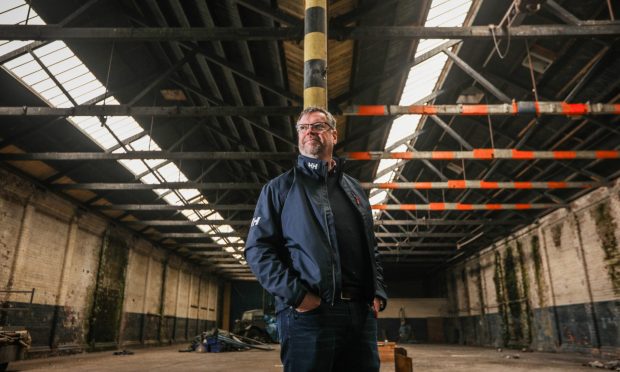
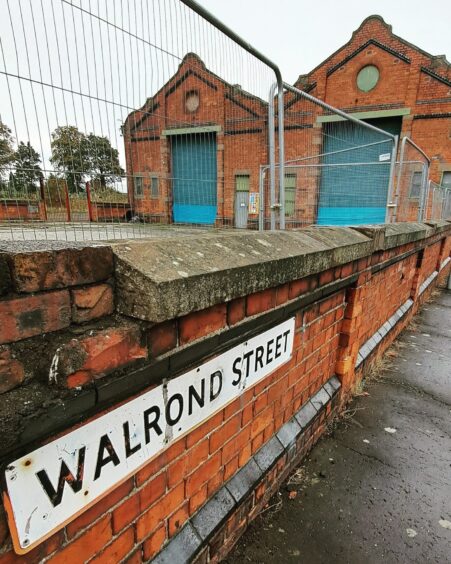
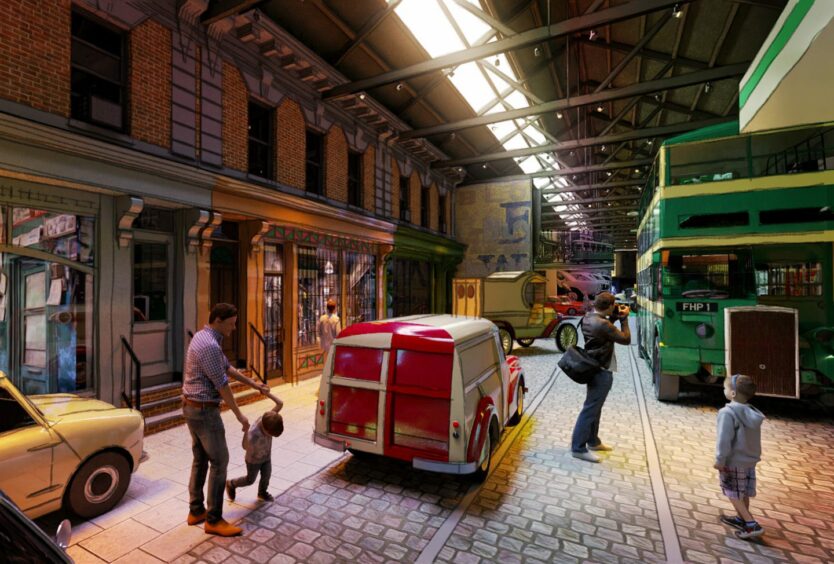
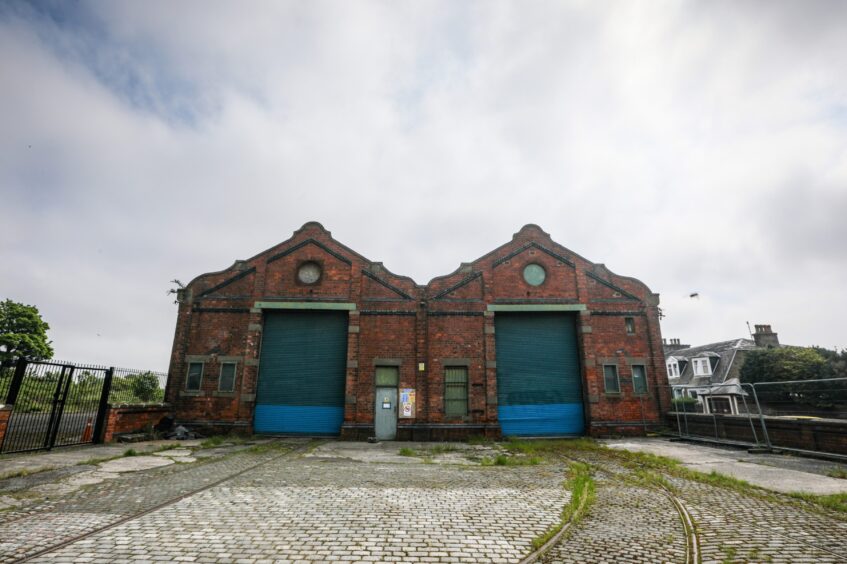
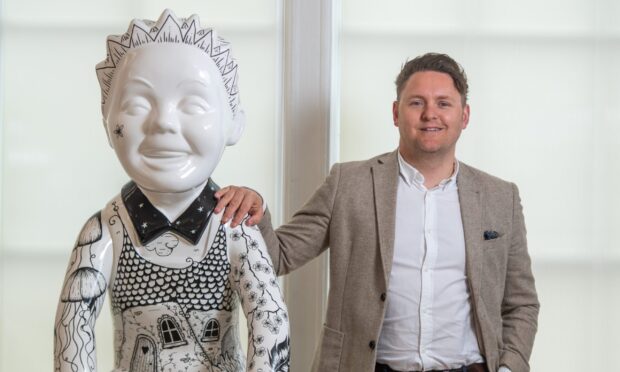

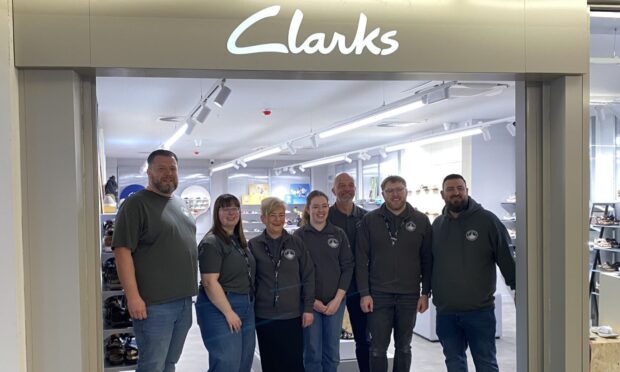

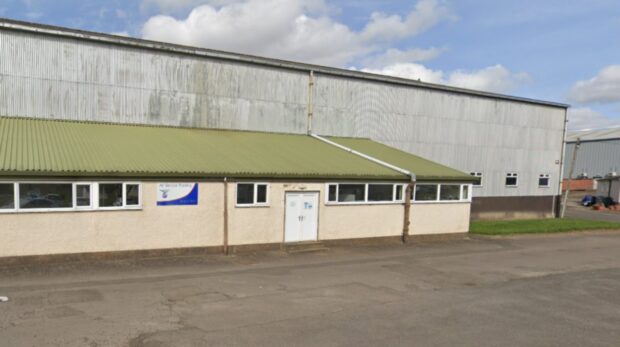
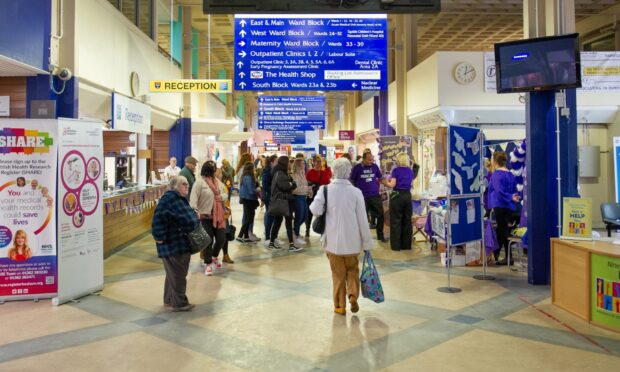
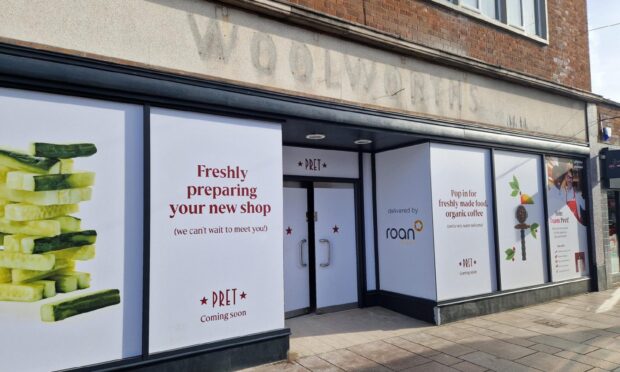
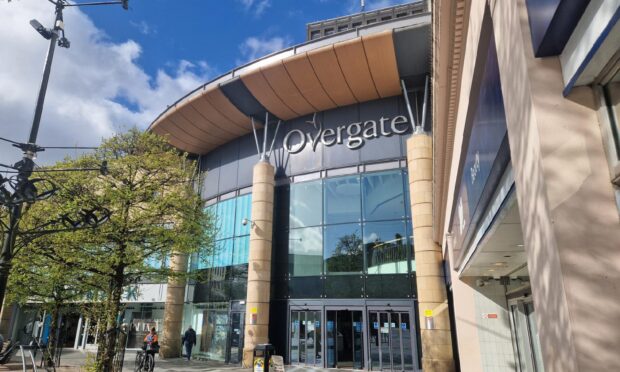
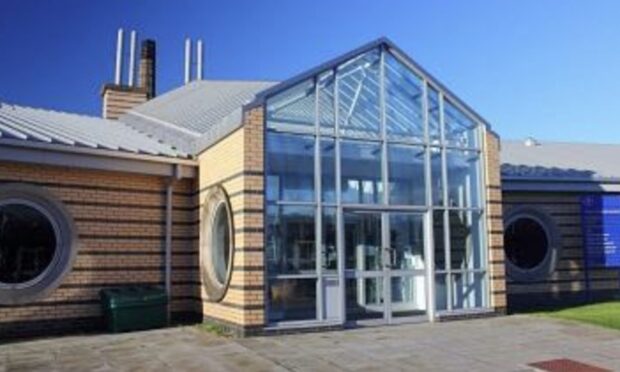

Conversation